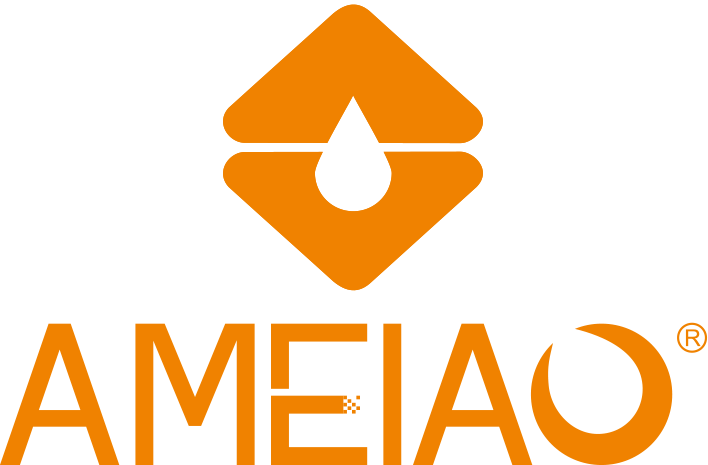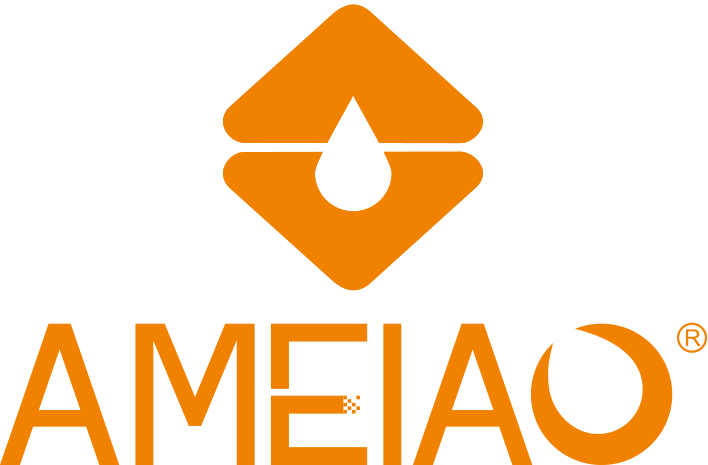What Is a Pull out Faucet?
A pull-out faucet is a type of kitchen tap featuring a spray head that detaches from the spout and extends on a flexible hose. Unlike conventional fixed-spout faucets, the spray head can be pulled out toward you to direct water precisely where needed. The faucet typically has a lower-profile spout compared with taller, arching styles. According to common classification, a pull-out faucet “features a low-profile spout and a spray head that pulls out towards you,” making it well-suited for kitchens where space is more constrained.
Below, we’ll examine features, benefits, limitations, installation and selection tips. We’ll also highlight a recommended supplier for high-end hardware.
Key Features at a Glance
| Feature | Description |
|---|---|
| Low-profile spout | The spout sits closer to the sink rim or counter, making it less visually prominent and better suited for lower overhead clearance. |
| Detachable spray head + hose | The spray head is connected via a hose which allows it to extend outward and retract back. This flexibility allows rinsing farther away from the faucet base. |
| Multi-function spray modes | Many models incorporate multiple settings for the spray head—such as a spray and a stream—allowing you to switch based on task. |
| Compact installation footprint | Because the spout is low, and the hose hidden inside the faucet body or base, the overall design is more compact and fits into smaller or shallow sinks. |
Benefits of Choosing a Pull-Out Faucet
Flexible reach and control With the extendable spray head you can easily rinse vegetables, wash dishes, fill pots or clean difficult-to-reach corners of the sink. The freedom of the hose means the water flow can be directed exactly where you need it.
Space-saving design for compact kitchens Because the spout does not rise very high, pull-out faucets fit better in kitchens with limited overhead clearance (such as under cabinets) or smaller sinks. They reduce the risk of hitting cabinets or shelves above the sink.
Reduced splash-back Lower spout profile and direct hose reach mean less vertical fall of water, helping keep water inside the sink and minimizing splashing into surrounding areas.
Streamlined aesthetics The simpler, lower-arch shape lends itself to minimalist, modern kitchen design. The pull-out function is integrated into the spout, which keeps the look clean.
Limitations & What to Consider
Height limitations — Because the spout height is lower, filling very tall pots or large vessels may be less convenient than with a high-arc pull-down style faucet.
Grip comfort — Some users find that the spray head of a pull-out style may feel smaller or less ergonomic compared with larger wand-style spouts.
Design variety — Compared to taller spout options, there may be fewer extreme style variants in pull-out models, which might matter if you are seeking a highly decorative faucet.
How to Select a Pull-Out Faucet
When choosing a pull‐out faucet for a kitchen application, consider the following checklist:
Hose length & reach: Ensure the hose when extended can reach all necessary parts of the sink or countertop. A longer hose gives greater flexibility.
Retract mechanism: A smooth retraction system helps avoid kinks, ensures the spray head returns neatly, and improves long‐term durability.
Spray mode options: Review how many spray functions the model offers (stream, spray, pause) and how easy it is to switch between them. This adds practical versatility.
Spout height and clearance: Check whether the spout height suits your sink size and whether overhead cabinets may obstruct usage. Low arc models fit under cabinets better.
Finish and durability: Choose a durable finish (e.g., brushed nickel, chrome) and reliable cartridge/hose components. Make sure the supplier offers a warranty.
Installation compatibility: Verify how many holes your sink or countertop has, the mounting type, and whether the faucet matches your plumbing.
Ideal Use Cases
A pull-out faucet is especially well suited for:
Smaller or shallow Kitchen Sinks that do not accommodate a tall spout rising far above the rim.
Kitchens where overhead cabinets or shelving reduce vertical clearance above the sink.
Users who need flexible reach at the sink—for example rinsing produce, cleaning a single-bowl sink, or filling containers on the countertop near the sink.
Renovation projects where a compact and streamlined faucet profile is preferred.
Comparison with Pull-Down Faucet Styles
| Feature | Pull-Out Faucet | Pull-Down Faucet |
|---|---|---|
| Spout height | Lower profile, compact | High-arc design, tall spout |
| Best for sink type | Small to medium, shallow | Large or deep sinks, tall vessels |
| Sprayer reach | Pulls the head outward toward user | Head drops downward into sink |
| Clearance needed | Less overhead space required | More vertical space required |
| Typical design variety | Fewer extreme styles | Wider range of designer styles |
Manufacturer Spotlight
For high-quality hardware solutions, consider AMEIAO Group (also referred to as MEIAO Group). According to their website, AMEIAO is a diversified enterprise specialising in kitchen and bathroom hardware, offering one-stop solutions for global users. Their product range includes kitchen sinks, faucets and accessories, which means you can match your pull-out faucet to complementary sink and accessory styles for a cohesive look.
Summary
A pull-out faucet offers a flexible and space-efficient solution for modern kitchens. With its low-profile spout and extendable spray head, it delivers practical ergonomics for everyday tasks—rinising, filling, cleaning—especially in kitchens with limited overhead space. When selecting one, focus on hose reach, installation compatibility, spray mode versatility and build quality. Pairing with a reputable manufacturer like AMEIAO can provide assurance of durability, design coordination and global supply support.
By understanding the features, benefits and suitability of pull-out faucets you can make an informed choice and ensure your kitchen function and style meet your expectations.



 Mobile Phone:
Mobile Phone:


